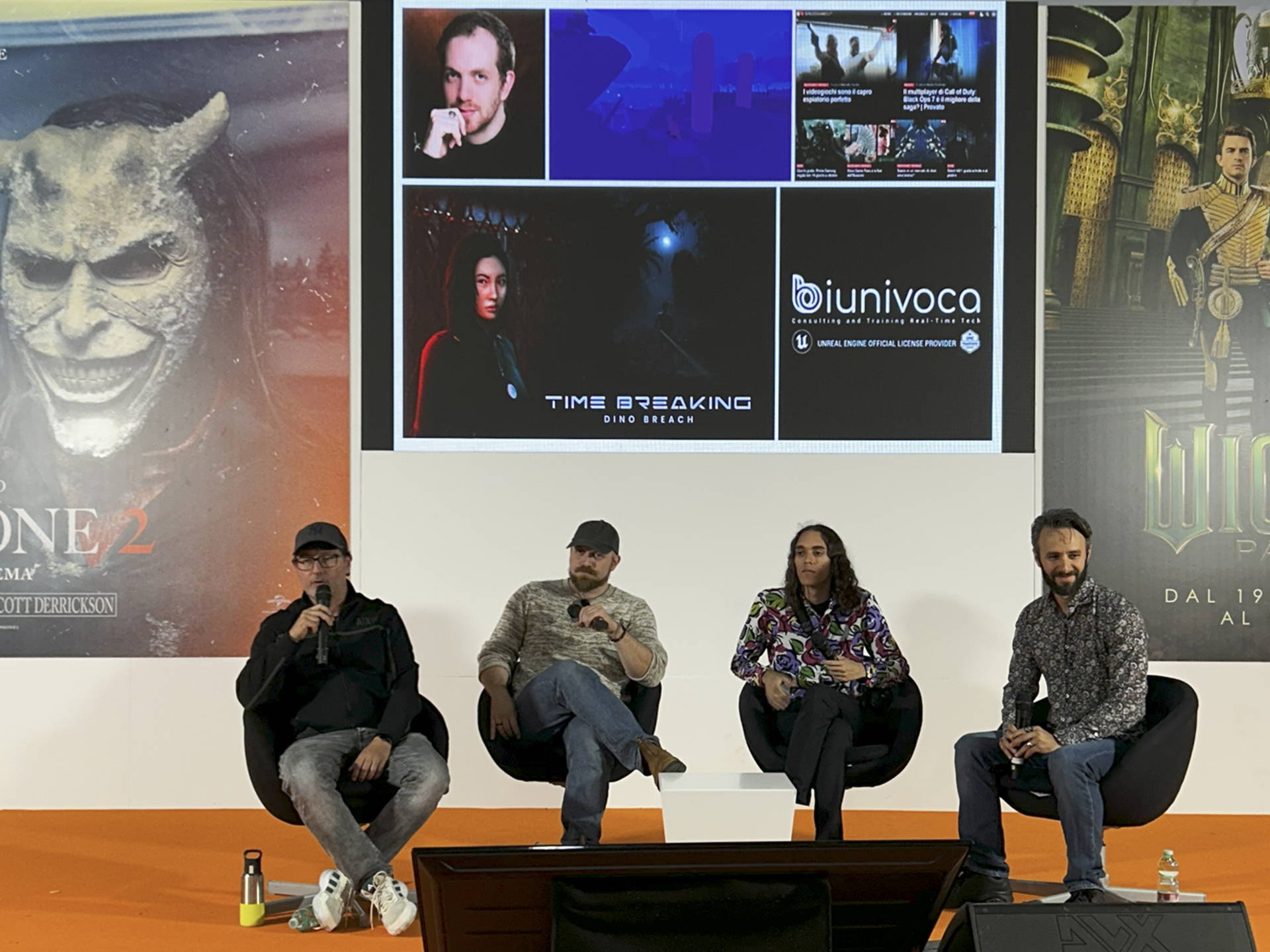
Before The Storm- Unreal Engine Cinematics
by Marco Amati
Good morning everyone!
My name is Marco and I’m a self-taught artist specialized in Unreal Engine and VFX compositing.
Before discovering this world, I studied graphic design and communication, but just over a year ago I got into Nuke and have been studying it passionately ever since.
About six months ago, I also began working with Unreal Engine, combining the power of real-time rendering with compositing to create cinematic scenes.
Inspiration and References
For this project, I was inspired by the volcanic landscapes of East Africa, particularly Tanzania.
I studied several visual references from volcanic areas such as Ol Doinyo Lengai, national parks, and regions like Ngorongoro.
What did I use to create Before The Storm?
For this project, I used a combination of software that allowed me to cover all stages of production.
I started in Houdini, where I created the terrain using Height Fields, and then generated an HDA (Houdini Digital Asset).
In Unreal Engine, I handled set dressing, lighting, and the creation of the overall atmosphere.
Most of the assets come from Quixel Megascans, along with other models found online.
For the final phase, I did the compositing in Nuke and used DaVinci Resolve for color correction and video editing.
Houdini – Mask Creation
The most important part of this work was definitely the creation of the volcano and its subsequent import into Unreal Engine.
In Houdini, I created several masks to manage the landscape material, including those for flow, debris, and sediment.
These masks allowed me to define different areas of the volcano—such as rocks, rubble, and vegetation—making the texturing process in Unreal much easier.
Once the model was exported, I applied the masks in Unreal by creating a landscape material that let me assign specific materials to each area.
I used the Paint Layer system in the Landscape section of Unreal to manage blending and associate each mask with the corresponding layer.
Lighting - The Atmosphere Process
To enhance the atmosphere, I worked with soft, warm lighting to evoke a sense of calm before the storm.
I wanted to create a visual contrast between this warm light and a cold sky.
Lighting plays a crucial role in this balance: I aimed for a delicate palette, using light reminiscent of a golden sunset.
Lighting - The Atmosphere Process
To enhance the atmosphere, I worked with soft, warm lighting to evoke a sense of calm before the storm.
I wanted to create a visual contrast between this warm light and a cold sky.
Lighting plays a crucial role in this balance: I aimed for a delicate palette, using light reminiscent of a golden sunset.
Compositing
For the compositing phase, once I rendered the scene using Lumen in Unreal, I added custom passes such as depth, motion vectors, and ID.
These passes allowed me to use Cryptomatte for precise element selection.
This made it easier to replace the sky in Nuke, adding clouds and birds that I had previously rendered as stencils in Unreal Engine.
Since these were small elements, they risked getting lost in the image, and extracting them in post-production would have been difficult without this approach.
I then added atmosphere, fog, glow, color correction, focus, chromatic aberration, optical effects, vignette, and distortion to increase realism and enhance the overall visual quality of the scene.
Link to Marco Amati's LinkedIn profile
Latest posts

Houdini Certified Instructor: Requirements and Structure
Become a Houdini Certified Instructor (HCI). Validate your experience by passing the Generalist exam. Certify your teaching and technical skills with SideFX.

Biunivoca at Romics
The indie game boom: sound, imagination, and creativity

Twinmotion 2025.2: faster and more realism!
Twinmotion 2025.2! The introduction of Nanite allows you to manage models with millions of polygons in real time. New Parallax Windows, VCam, and Explosion Animators speed up your workflow and increase realism.



























